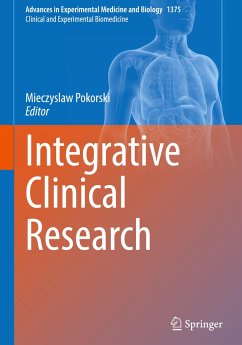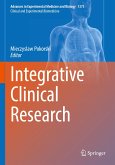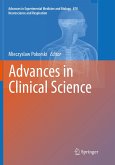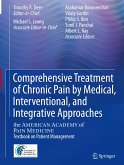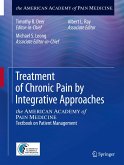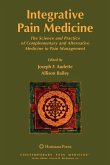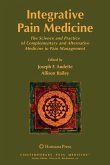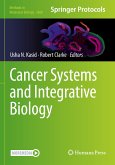This book embraces a comprehensive range of research across several disciplines, providing insights and fresh perspectives on clinical topics, emphasizing the integrative medical approach.
The book also addresses an increasing role of artificial intelligence in the development of clinical methodologies, research, and patient-oriented care. The authors share expertise and experience in rehabilitation medicine whose healing-effects particularly depend on the interaction between the therapist and patient. Chapters present novel approaches in manual rehabilitative therapy of common painful and disabling neuromuscular ailments, exemplified but not limited to low back pain and migraine. The myofascial trigger point release therapy includes specific manipulations to muscles and connective tissue which reduce pain. Other chapters address the issues of providing long-range medical care to older adults burdened with chronic diseases, notably hypoxia-related pathologies and theirsequalae, pointing to the advantages of care provided by a single primary care physician. Changing paradigm of care is essential in chronic atherosclerosis-based diseases like cardiovascular disorders or diabetes. Chapters provide results of international cohort studies on predictive factors for the long-range progress of such ailments based on anthropometric and lifestyle indicators. The book aims to meet the increasing interest and importance to patients of integrative health therapies. Medical rehabilitation and lifestyle changes increasingly gain scientific support in difficult-to-treat chronic conditions and should be integrated in a controlled manner into conventional medicine.
The book is addressed to physiotherapists, medical scientists and clinicians, and allied healthcare professionals.
The book also addresses an increasing role of artificial intelligence in the development of clinical methodologies, research, and patient-oriented care. The authors share expertise and experience in rehabilitation medicine whose healing-effects particularly depend on the interaction between the therapist and patient. Chapters present novel approaches in manual rehabilitative therapy of common painful and disabling neuromuscular ailments, exemplified but not limited to low back pain and migraine. The myofascial trigger point release therapy includes specific manipulations to muscles and connective tissue which reduce pain. Other chapters address the issues of providing long-range medical care to older adults burdened with chronic diseases, notably hypoxia-related pathologies and theirsequalae, pointing to the advantages of care provided by a single primary care physician. Changing paradigm of care is essential in chronic atherosclerosis-based diseases like cardiovascular disorders or diabetes. Chapters provide results of international cohort studies on predictive factors for the long-range progress of such ailments based on anthropometric and lifestyle indicators. The book aims to meet the increasing interest and importance to patients of integrative health therapies. Medical rehabilitation and lifestyle changes increasingly gain scientific support in difficult-to-treat chronic conditions and should be integrated in a controlled manner into conventional medicine.
The book is addressed to physiotherapists, medical scientists and clinicians, and allied healthcare professionals.

